Project Orion, the highly anticipated sequel to Cyberpunk 2077, has a unique opportunity to reimagine one of the original game’s most intriguing mechanics: the tarot cards. In Cyberpunk 2077, tarot cards symbolize various aspects of protagonist V’s journey. While reintroducing this mechanic in Project Orion could risk feeling repetitive, a fresh approach could make them an acceptable and possibly a more immersive tool for storytelling. After all, to some extent, it’s an iconic Cyberpunk element now.
One way to avoid the sense of redundancy is to focus on cards not yet used in the Cyberpunk universe. In the first game, much of the major arcana — such as The Fool, The Emperor, and The Devil — were woven into V’s story. The Cyberpunk 2077 sequel could introduce cards from the minor arcana or explore different interpretations of the major arcana.
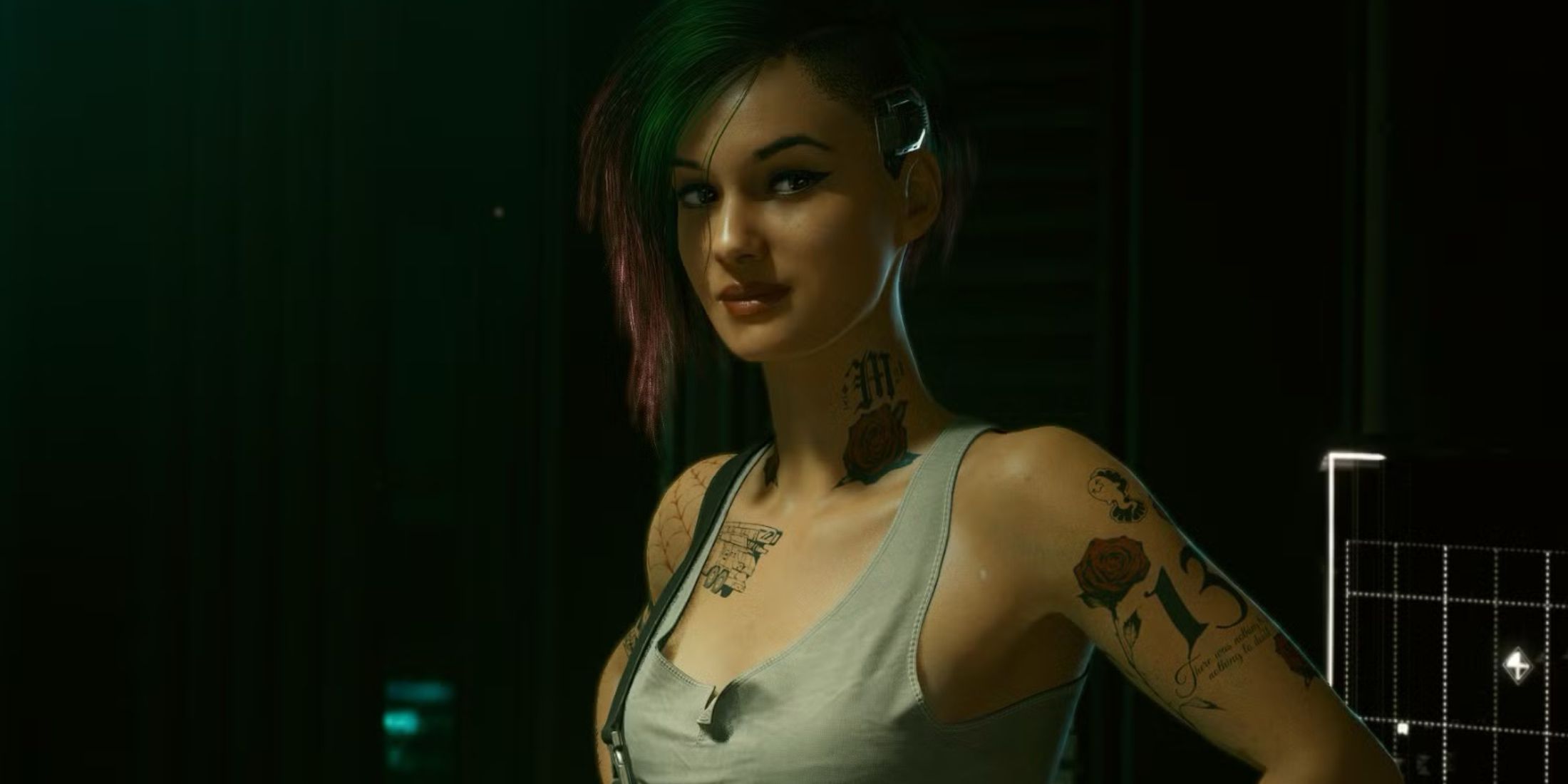
Related
Cyberpunk 2077’s Project Orion Shouldn’t Need to Rely on a Notable Franchise Trend
Much of Cyberpunk 2077’s sequel is currently unknown, but continuing one big character trend could prove to be too distracting.
Project Orion’s Tarot Cards Should Develop Established Symbolism
The original tarot mechanic in Cyberpunk 2077 served as a side quest. Players discovered murals across Night City in Cyberpunk 2077 that depicted cards from the major arcana, and each of them offered insight into V’s relationships, conflicts, and eventual fate. Tarot’s ancient symbolism helped contextualize a character’s place in a dystopian, hyper-technology-driven world. Tarot cards in Project Orion could expand this very same universe, and it would not only help players re-engage with familiar symbols but also help them build interpretations easily.
In Cyberpunk 2077, the tarot card murals were static images found throughout the city. While they added depth to V’s story, they were largely detached from gameplay. Project Orion could improve upon this by making tarot cards interactable or active elements within the game. There could be a system where players would collect and use tarot cards strategically, and that could possibly influence key decision-making, NPC relationships, or even the ending.
The Tarot Cards Could Become a New Kind of Story-Driving Device
Instead of tarot cards just depicting symbolism, this time around, each collected card could unlock a unique dialogue or decision that influences the storyline, and it would make tarot cards more than just collectible objects. They could become Cyberpunk gameplay tools, and drive the story based on the player’s choices. If each card reflected a different aspect of the player character’s journey, they would not only be collectibles but also representations of character growth, world-building, and story paths. However, there needs to be a balance and the tarot cards need to stay grounded without becoming an overly mystical experience.
Drawing Inspiration from Persona’s Effective Tarot Usage
The Persona series offers another good example of tarot’s continued use across a video game franchise without feeling stale. Each game assigns a tarot card to main characters or personas, making it a series staple that fans expect and enjoy. Project Orion could similarly adopt tarot as a recurring motif and turn the mechanic into a thematic cornerstone rather than a one-off or just a symbolic novelty.
And while tarot cards could serve as a powerful storytelling device in Project Orion, it’s crucial to avoid making the mechanics feel overused or predictable at this point. For example, if each ending once again corresponds to a single card, as it did in Cyberpunk 2077, the connection may feel superficial or forced in a sequel. Instead, Project Orion could weave tarot into the lore with greater nuance.
Each ending could draw from a combination of Cyberpunk tarot cards, for instance. The cards could also represent the complex outcomes of player choices rather than a single fate. This approach would keep tarot motifs fresh and meaningful, as the final card arrangement could serve as a symbolic reading of the player’s story — making it a thematic pillar rather than a predictable element.
Source link
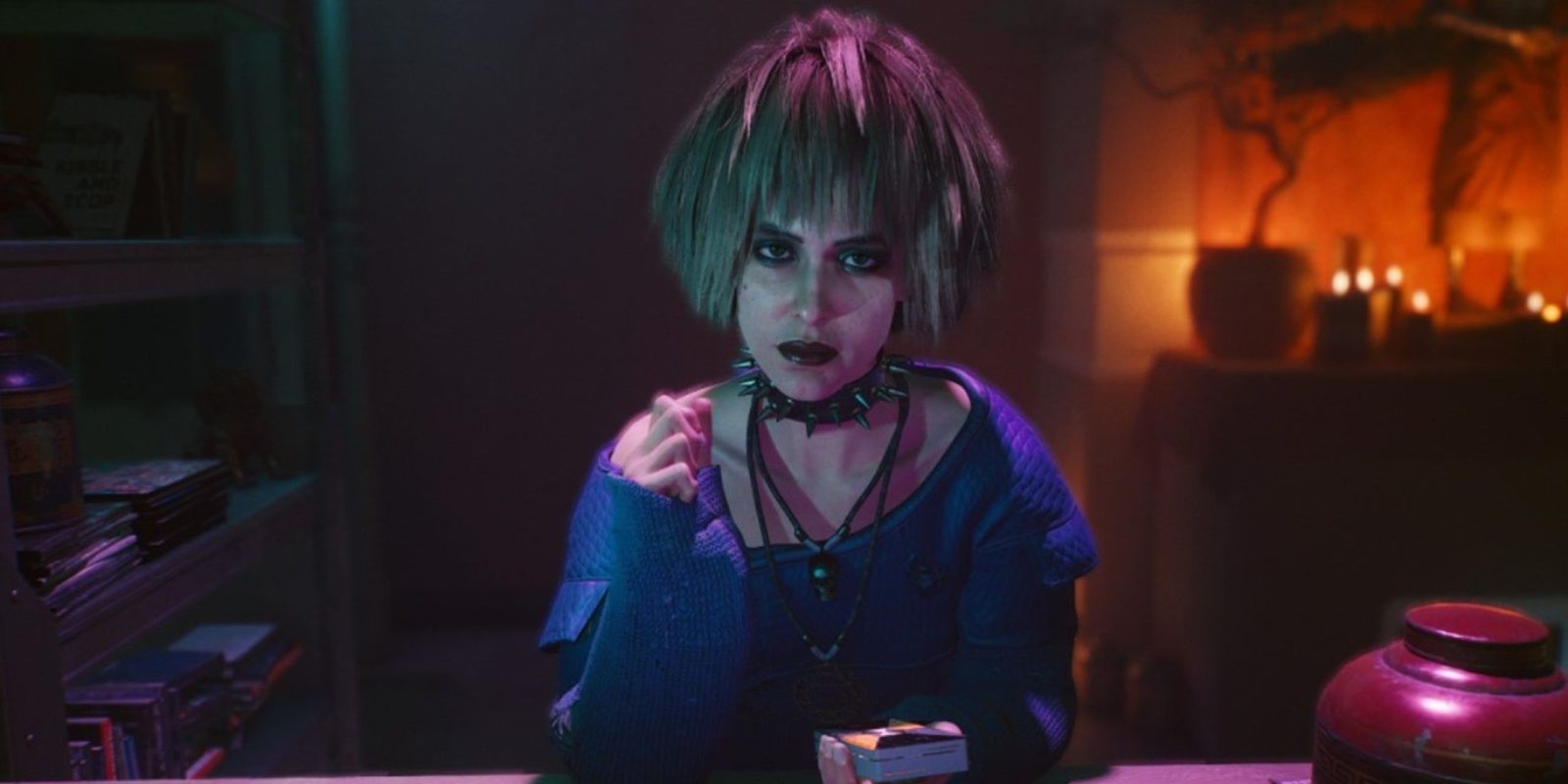
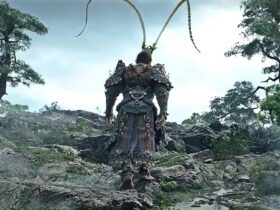
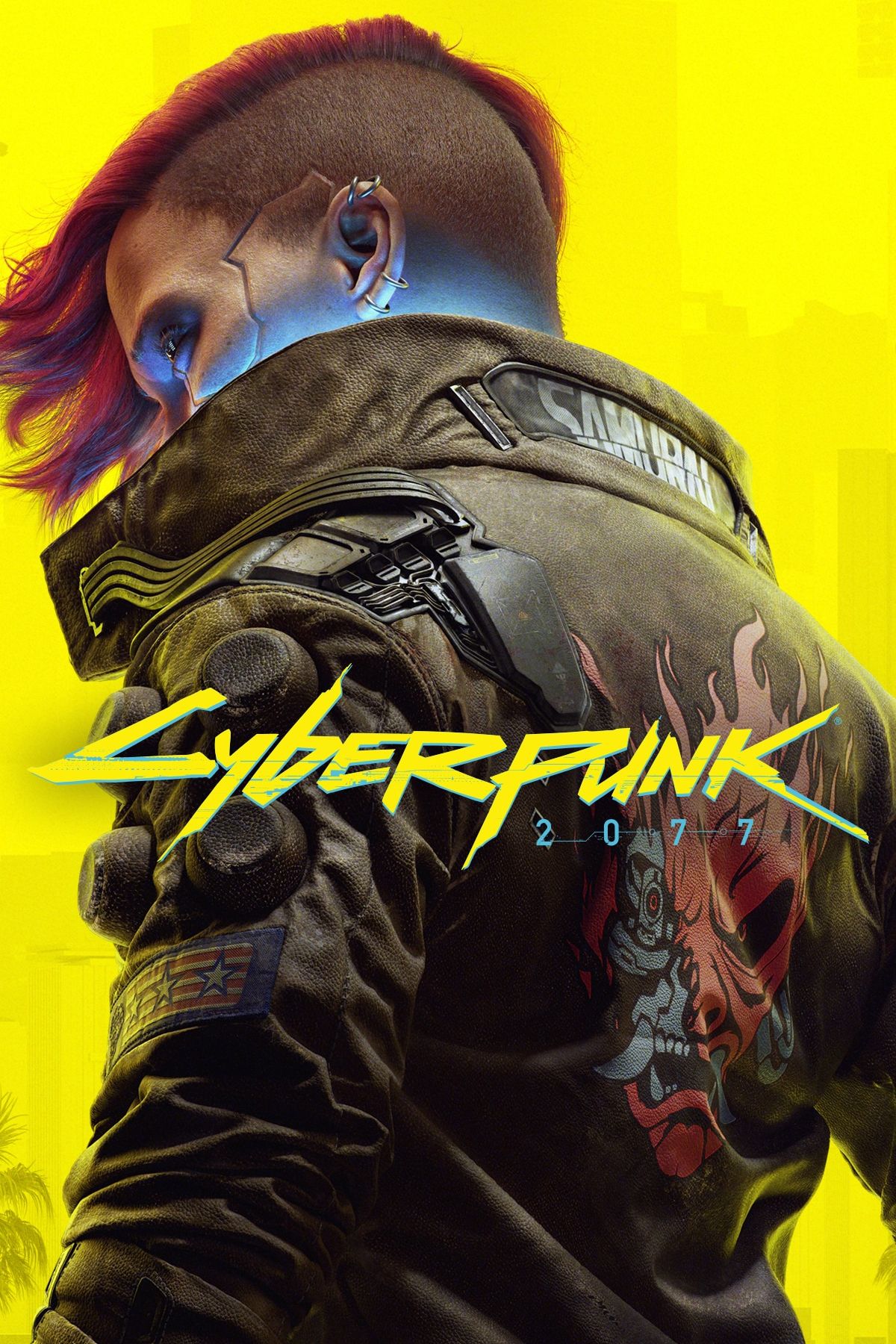
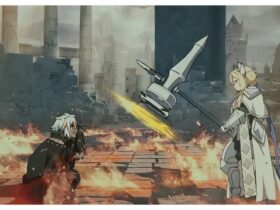

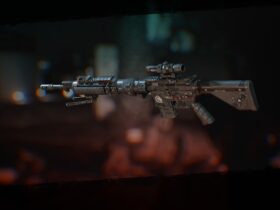

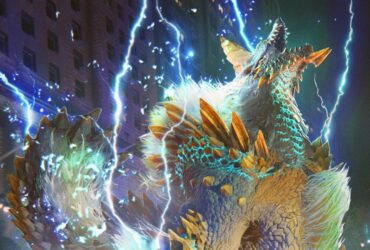
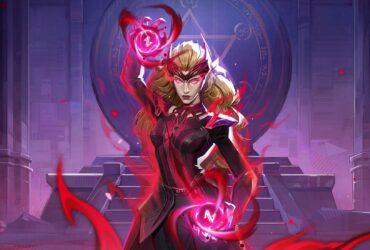
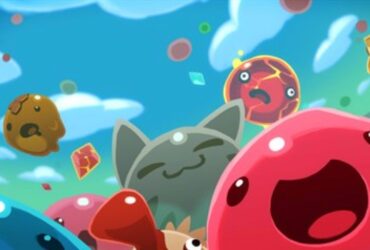


Leave a Reply